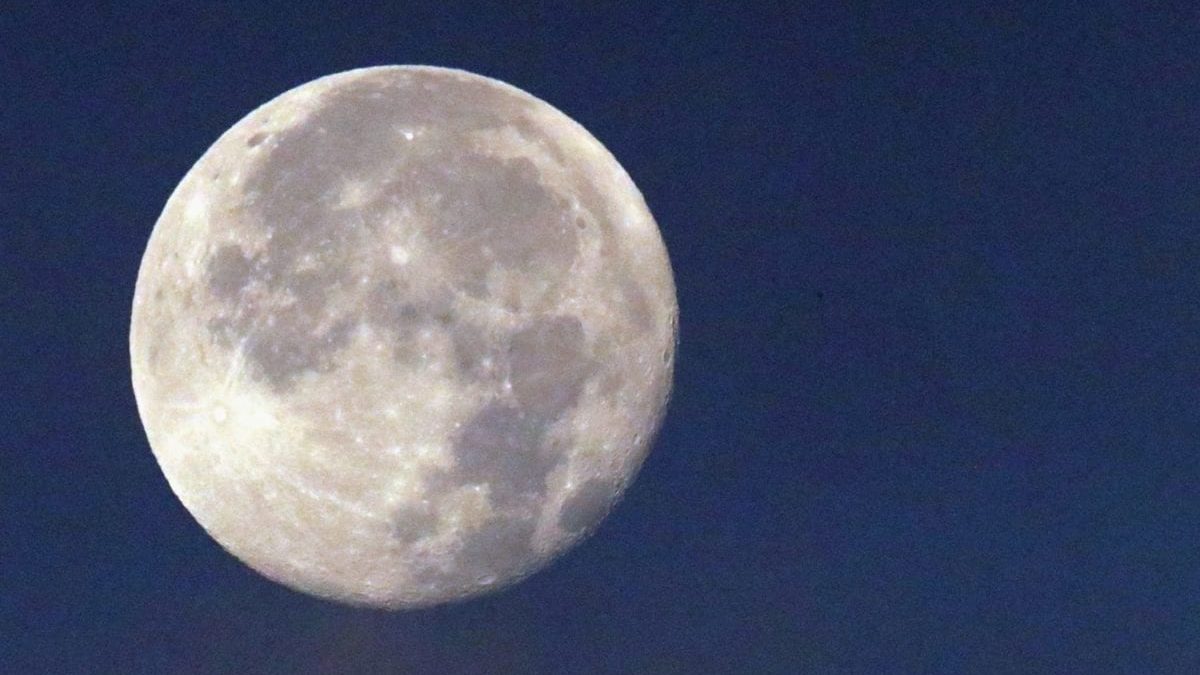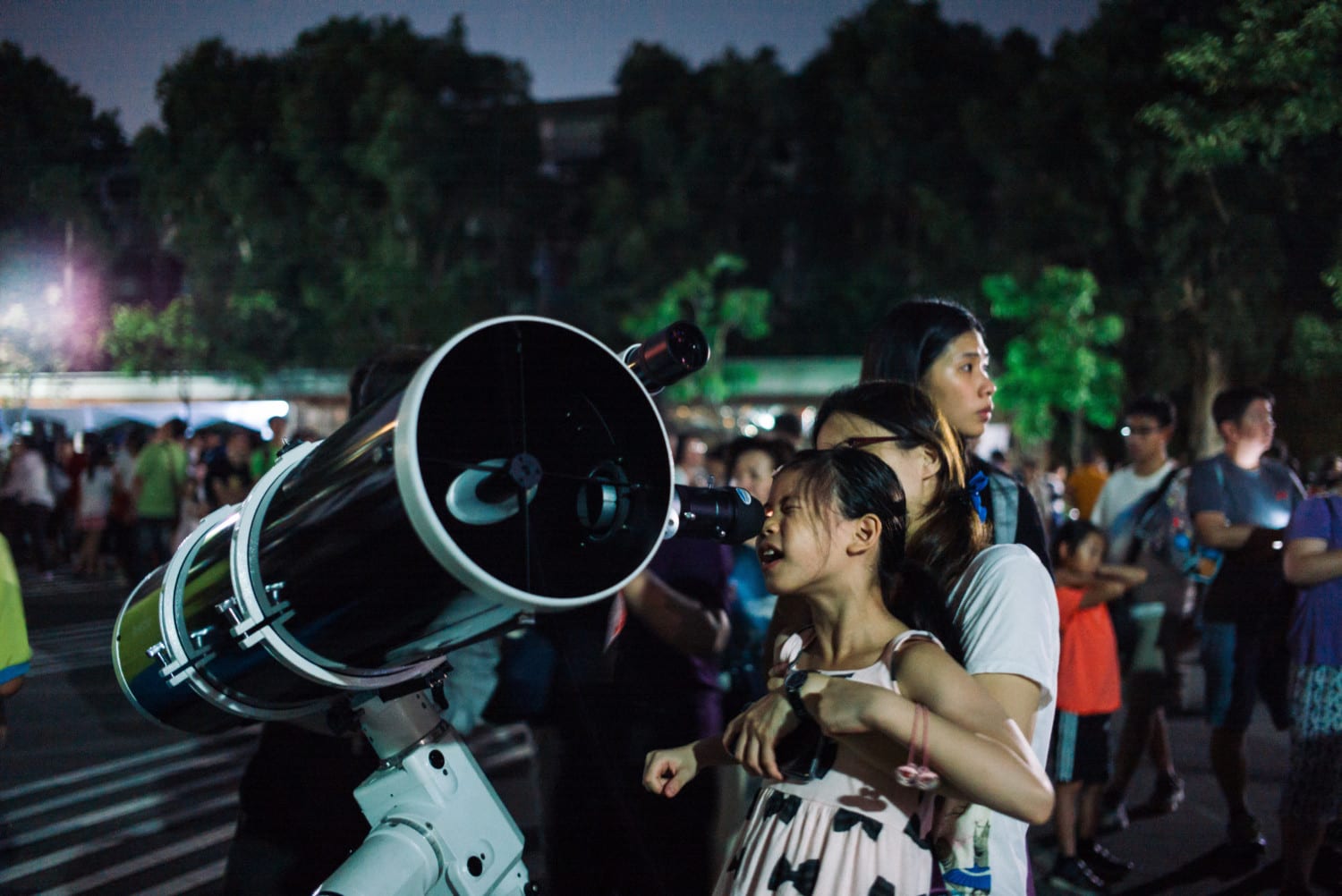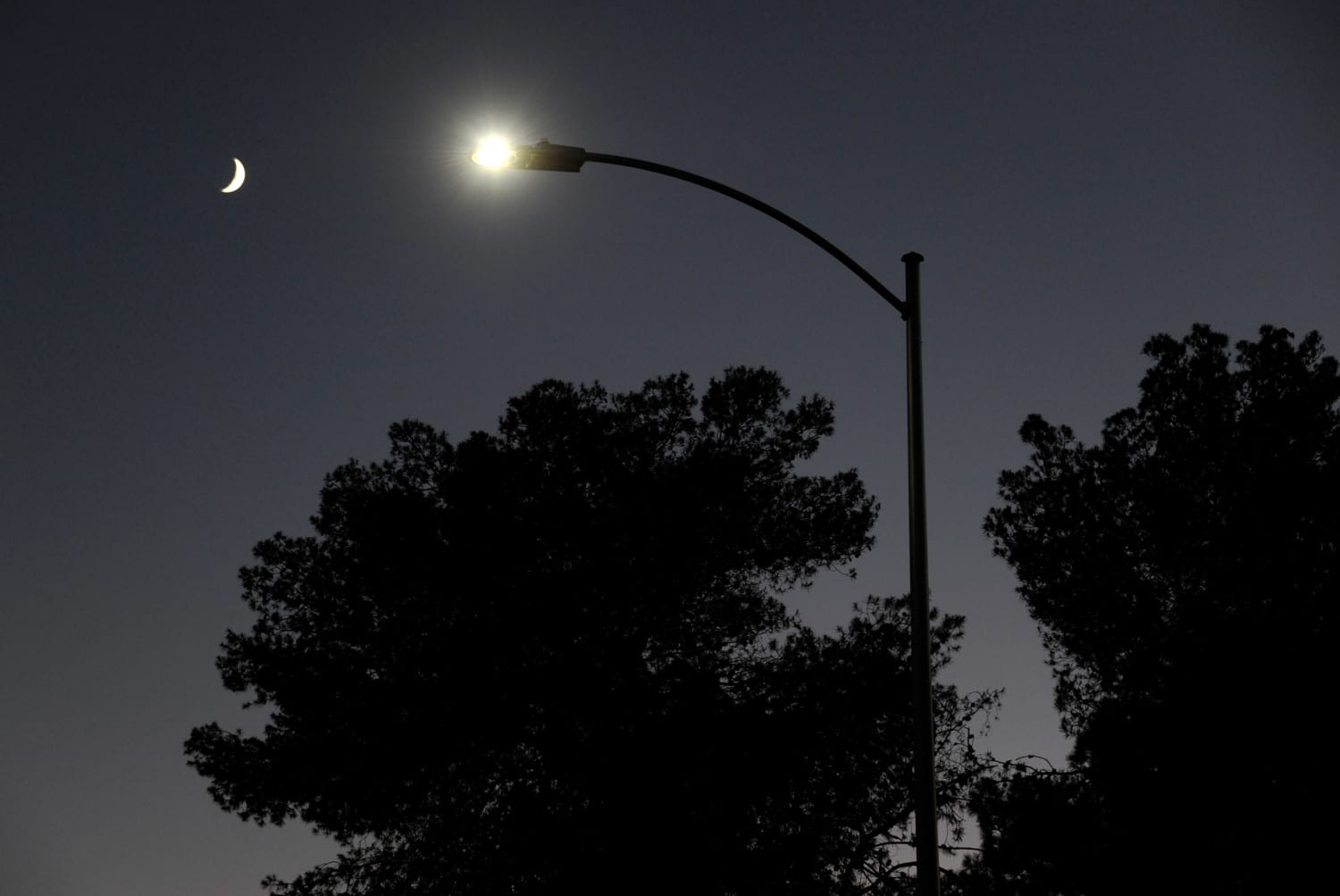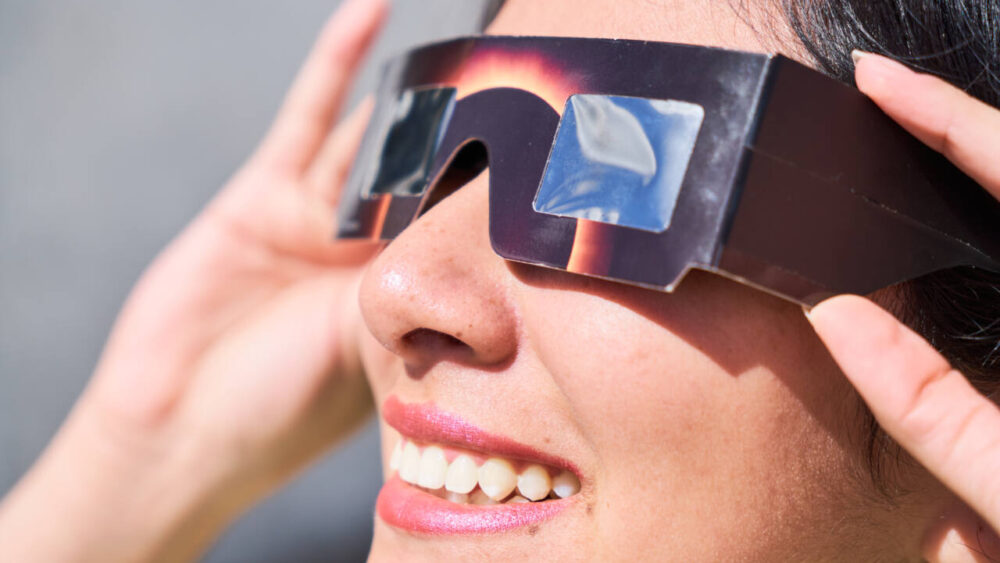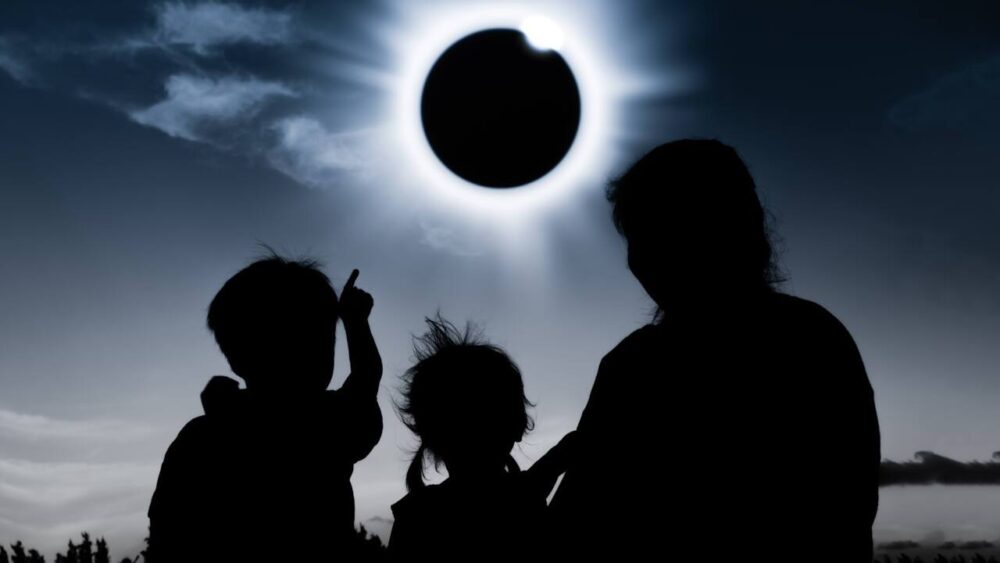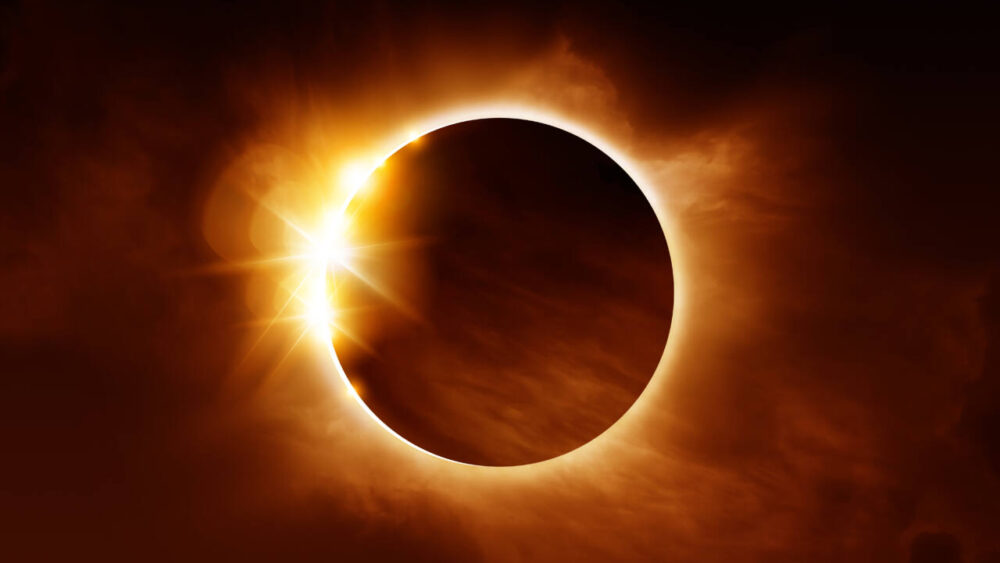This country wants to launch an artificial moon to replace streetlamps
In just a couple of years, stargazers might have a new object to track in the night sky — as long as they’re gazing up from Chengdu, a southwestern Chinese city.
According to new reports by China Daily, scientists in China are hoping to launch a new satellite by 2020 that will act as an artificial moon for the city, reflecting light off a reflective coating to light city streets below it. The artificial moon — if plans unfold as predicted — would eventually orbit 310 miles above the earth — a far cry from the actual moon’s 238,855-mile distance.
However, it would also be about eight times brighter than the moon, helping to illuminate Chengdu’s streets, and it could save the city up to $173 million in electricity costs yearly.
“Think of this as sort of an investment,” Matteo Ceriotti, a Space Systems Engineering lecturer at the University of Glasgow, told the BBC. “Electricity at night is very expensive so if you could, say, have free illumination for up to 15 years, it might work out better economically in the long term.”
Wu Chunfeng, head of the Tian Fu New Area Science Society in Chengdu, told China Daily that the 2020 artificial moon launch is just the first of several other artificial moons planned — there are already three more in the works.
“The first moon will be mostly experimental, but the three moons in 2022 will be the real deal with great civic and commercial potential,” Chunfeng told China Daily. He explained that testing was already underway. “We will only conduct our tests in an uninhabited desert,” said Chunfeng, “so our light beams will not interfere with any people or Earth-based space observation equipment. When the satellite is in operation, people will see only a bright star above, and not a giant moon as imagined.”
Testing will indeed be important as Chinese scientists move forward with this plan, as there are valid concerns about how light pollution can affect everything from humans’ sleep to animals’ migration patterns. Even plants’ natural growth has been shown to be disrupted by additional light, according to Quartz.
Whether the artificial moon makes it through testing or not, it’s certainly an interesting idea — and one that amateur and professional astronomers alike will be watching closely as its launch approaches.


